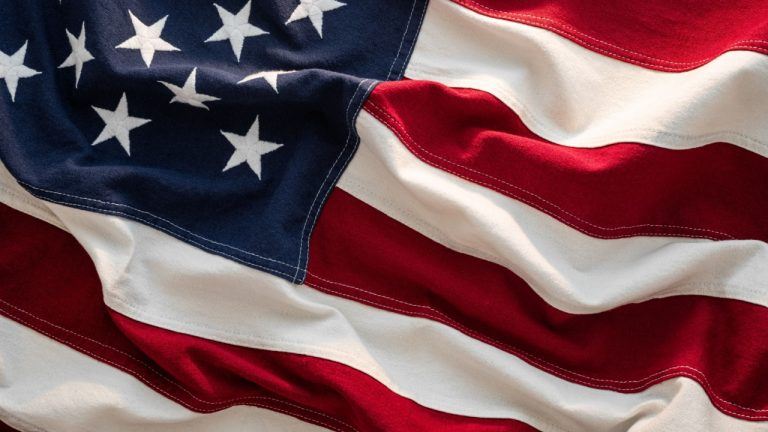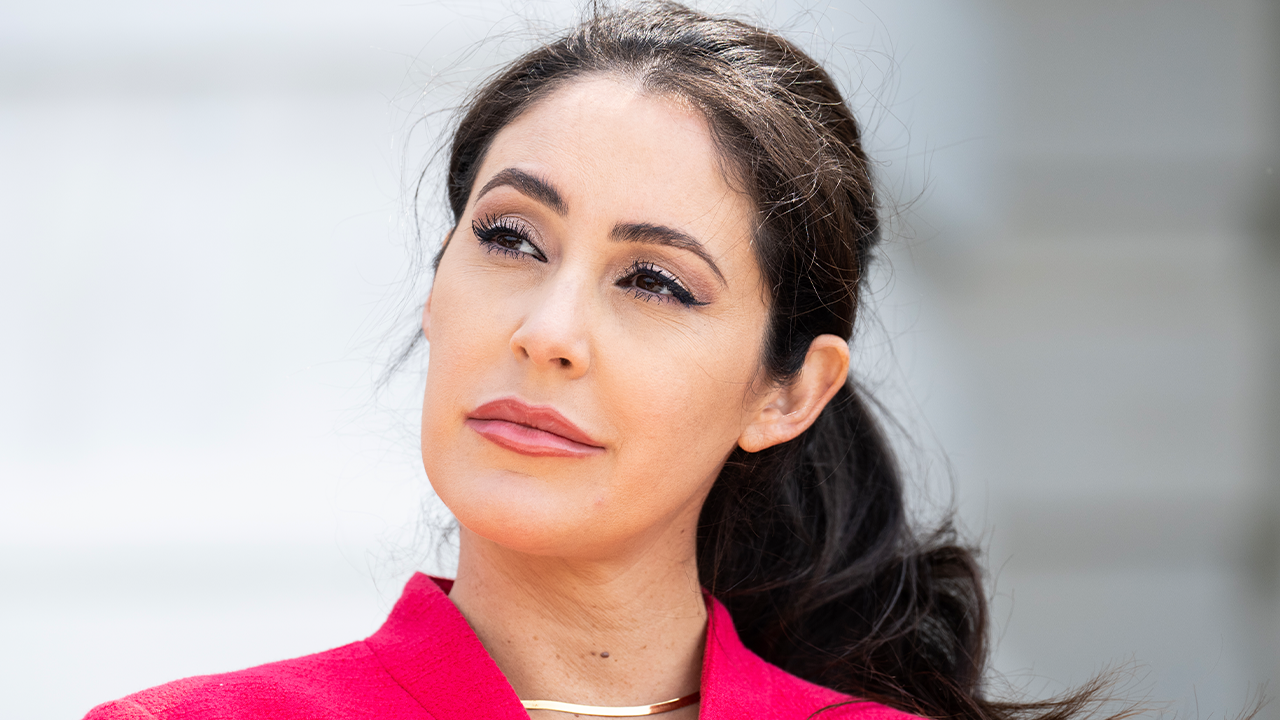SEOUL - On a weekday afternoon at around 1.30pm, an eerie silence blankets the schoolyard of what was once Hwayang Elementary School in Gwangjin-gu, Seoul.
Where children’s laughter once filled the air, now only the rustling of trees in the spring breeze and occasional birdsong break the stillness.
The human presence has shifted dramatically. Elderly residents with canes now walk the empty grounds for afternoon exercise. Near the school gate, what was once a playground filled with swings, seesaws and slides has transformed into a parking lot for neighbourhood residents.
Hwayang Elementary closed its doors in February 2024, as South Korea’s persistently low birth rates in the past decade resulted in a shortage of students. Having remained vacant for over a year, the school’s outdoor area is now a popular exercise spot for nearby residents.
Ryu Myung-jin, 73, is among the school’s new frequent visitors.
“Since it’s a school, there are a lot of trees. I usually come here after lunch to walk around for exercise,” she said, adding she lives just five minutes away. “The benches and wide stairs make it easy to find a place to sit.”
Near the entrance, the empty janitor’s office displayed a rusted sign for visitors on its exterior, apparently from the days when the school was still open. The parking lot was filled with cars and trucks, and several people were smoking in one corner.
Since 2015, Seoul has seen a total of nine schools close their doors due to a shortage of students.
Hwayang Elementary, which opened in 1983 with 18 classes, saw its student population steadily decline, shrinking from 420 students in 2008, to 183 in 2013, to 151 in 2018.
By 2023, the number had dropped to just 84, with only 7 new first graders, according to Gwangjin-gu Office.
The eight other schools that closed also had fewer than 100 students at the time of their closure. Gongjin Middle School in Gangseo-gu had only 47 students enrolled when it shut down in 2020. The students were transferred to nearby schools after the closures.
Empty schools, a looming crisis
One might think the nine school closures since 2015 in all of Seoul is not too bad.
But Seoul officials and experts view it differently. They take it as the beginning of a much larger trend.
As a megacity with a population of over 10 million, Seoul is at the forefront of South Korea’s low birth rate crisis. In 2024, the country’s total fertility rate remained at 0.75, less than half the OECD average of 1.51.
Forecasts predict a rapid increase in school closures in Seoul in the coming years due to the dwindling school-age population.
This March, which marked the start of the new school year in South Korea, an undisclosed elementary school in the capital’s Gangseo-gu received only 10 new students. That was three fewer than the previous year, with the total student population dropping to just 71, down sharply from 83 the year before, sources said.
A report released by the Seoul Metropolitan Office of Education on March 24 projects that the number of small schools - those with fewer than 100 students and no more than five classes - will grow to 127 by 2029, a 1.6-fold increase from 80 in 2025.
Outside Seoul, the empty schools phenomenon is more pronounced.
In 2024, 3,955 schools were shut down nationwide -- 33 more closures compared to the year before. Of these, 367 schools, accounting for 9.3 per cent of the total, have yet to be repurposed.
In rural areas, some abandoned school buildings have remained neglected for decades.

The exterior of Chungil Girls’ High School, two decades after its closure in 2005.PHOTO: THE KOREA HERALD/ASIA NEWS NETWORK
What to do with empty classrooms?
Chungil Girls’ High School in Yuseong-gu, Daejeon has remained defunct for almost two decades since its closure in 2005.
The school site was purchased by Booyoung Group for residential development at the time, but the project was suspended due to its close proximity -- around 200m -- to Daejeon Prison, which would have served as a deterrent for potential home buyers.
With shattered windows, vine-covered walls, and collapsed roof tiles, the once-bustling school’s classrooms have become popular filming locations for local horror-themed YouTubers.
Despite years of neglect, the Daejeon city government and related agencies have been unable to take action, as the land is privately owned.
Some fear that the long-abandoned school site may accelerate urban decline in the district.
“Abandoned schools that have been left unused for extended periods often become spots for troubled youth or shelters for homeless individuals and even criminals,” an official from the Yuseong-gu Office told The Korea Herald.
In South Korea, schools owned by the state or local governments can only be sold or leased to public or private institutions for public purposes, such as education, social welfare, culture, public sports or support for returning farmers and foreign nationals who move to rural areas. It cannot be rented to ordinary for-profit businesses like cafes or lodgings.
Experts point to various regulatory obstacles as key factors behind the delay in utilising the sites.
“In Seoul, for example, former school sites are subject to restrictions on floor area ratios and building coverage ratios for 10 years after closure. A preliminary feasibility study - a government-led assessment of a project’s economic viability and public value - can also take at least two years to complete,” said Ma Kang-rae, a professor of urban planning and real estate at Chung-Ang University.
“There’s a growing need to revise existing regulations and develop more viable approaches to making use of abandoned school facilities.”
Old schools find new life
Not all closed schools are left to decay. Some have started a new chapter with special educational missions.
Yeomgang Elementary, shuttered in March 2020, was left idle for a time before becoming the new home of Yeomyung School, the first state-accredited school for North Korean youth.
Opened in 2004 by members of churches and advocacy groups, the alternative school provides education to young people who resettled in the South after escaping the North with perilous journeys. Currently, 16 teachers are educating 84 students between the ages of 14 and 33.
Yeomyung School has been renting and using the first and second floors of the former Yeomgang Elementary building since August 2023. It is the only known case in Seoul where a closed school has been transformed into an educational facility.
Yeomyung School’s principal, Cho Myung-sook, emphasised the value of school facilities, typically equipped with outdoor playgrounds and tracks, highlighting the importance of the physical environment in youth education during an interview with The Korea Herald on April 2.
Previously, Yeomyung School was located in a small building in Myeong-dong, which was more like a private cram school, she said.
“Students here never had the chance to attend school in the North, and many grew up without proper care from parents or other adults. For them, school is more than just a place to learn. It’s a safe space where they feel supported, which helps them adjust to Korean society,” Ms Cho said.

Students attend a lecture on international relations at Yeomyung School on April 2.PHOTO: THE KOREA HERALD/ASIA NEWS NETWORK
“Back at the old building, the kids didn’t really have space to run around or play sports together. But here, just being able to play outside has made a big difference. I’ve seen fewer conflicts between them, and they just seem more emotionally stable. Having a playground gives them a real sense of belonging, which motivates them to learn.”
The principal said that using closed school buildings as educational facilities for marginalised groups such as students with disabilities or those from multicultural backgrounds, could help promote social inclusion.
“The world we live in is made up of all kinds of people, and we don’t get to choose who we live next to. Education is really about helping people connect and understand each other. If we can turn forgotten schools into places for students who’ve been left behind, that’s when education truly makes a difference.”
In rural areas, small schools are often more easily repurposed into cultural facilities like museums and artsy cafes.
The Ami Art Museum in Dangjin, South Chungcheong Province, used to be Yudong Elementary School. Opened in 2011, it now hosts seasonal exhibitions of paintings and installations in collaboration with emerging local artists.
Cafe Owal School, nestled in a mountain village in Chuncheon, Gangwon Province, was formerly Gadeok Branch School, which closed in 1982. Now operating as a cafe, restaurant, and guesthouse, it has become a popular destination for those seeking wellness experiences. THE KOREA HERALD/ASIA NEWS NETWORK
Join ST's Telegram channel and get the latest breaking news delivered to you.

 By The Straits Times | Created at 2025-04-05 11:12:31 | Updated at 2025-04-06 00:13:08
13 hours ago
By The Straits Times | Created at 2025-04-05 11:12:31 | Updated at 2025-04-06 00:13:08
13 hours ago








